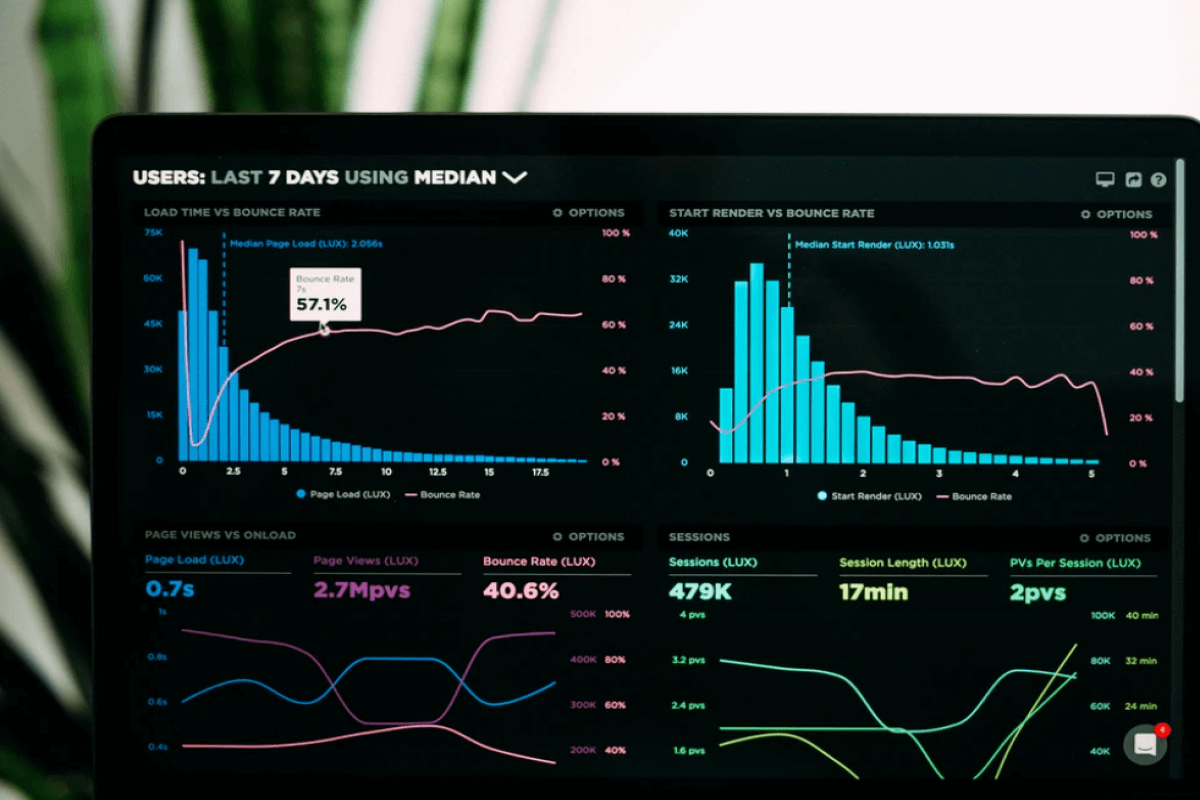
Last August, the White House announced that they would erase $39 billion in federal student loan debt for over 800,000 eligible borrowers. This can mean up to $20,000 of forgiven debt for each borrower through the American Rescue Plan Act¹ (ARPA). For thousands of Americans, learning that they won’t be on the hook to pay the remaining balance of their student loan debt can feel like a windfall.
But with any government-issued benefit, student debt cancellation comes with conditions for eligibility and potential tax implications. Depending on the loan term, repayment plan and location, you may have clients who are required to pay taxes on their canceled loan balance. To help you better understand who has to pay taxes on student loan forgiveness, we’re digging into eligibility, repayment details, and which states are planning on getting a cut.
What is student loan forgiveness?
Student loan forgiveness erases part or all of a borrower’s federal direct student loan debt. Only federal loans made directly by the U.S. Department of Education qualify for loan forgiveness, and the provision doesn’t cover private loans. So it’s possible for your federal loans to be canceled and still have to pay back your private loans.
The Public Service Loan Forgiveness program is the most common way to qualify for student loan forgiveness. Under this plan, those working for government agencies or 501(c)(3) non-profits who have worked for and paid 120 months of loan payments would have their balances canceled.
Do you have to pay taxes on student loan forgiveness?
Under current tax code law², student loan forgiveness is taxable under normal circumstances. For example, if you had $20,000 of student loan debt forgiven, you’d actually have to include this with your total taxable income. However, since 2021, the ARPA has exempted those with income-driven repayment (IDR) plans from paying taxes on their debt cancellation through 2025. IDR plans include:
- Saving on a Valuable Education (SAVE) Plan—formerly the REPAYE Plan
- Pay As You Earn (PAYE) Repayment Plan
- Income-Based Repayment (IBR) Plan
- Income-Contingent Repayment (ICR) Plan
Only borrowers on IDR plans are exempt from paying taxes on their debt cancellation because they tend to have low-to-moderate incomes and higher debt³ than those on other repayment plans. With the need for lower monthly payments over a 20- to 25-year term, they may accrue more interest when their payment amounts are less than the interest amount (with some even being eligible for $0 monthly payments⁴). As a result, some IDR borrowers may end up repaying up to 1.5 to two times⁵ their initially borrowed amount. In this scenario, treating loan forgiveness as income makes it more of a tax burden than a relief.
Is student loan forgiveness taxable at the state level?
Loan forgiveness by the ARPA is a federal exemption, which means states can decide if they want to impose their own debt cancellation tax. So far, five states have announced they’ll make student loan forgiveness taxable in their state, opting out of aligning with the federal exemption:
- Mississippi
- North Carolina
- Indiana
- Wisconsin
- Arkansas
Each state’s decision on whether they want their residents to pay taxes on student loan forgiveness depends on factors such as their revenue goals, tax conformity rules⁶ and for some, a debate⁷ of who should absorb the cost of loan forgiveness. It’s likely that your clients will feel frustrated if they have to pay state tax on untaxed federal loan cancellation. But the silver lining is it may end up being a wash since state tax is typically lower than federal tax.
Are clients at risk for a "tax bomb" on student loan forgiveness?
Two key elements contribute to a borrower’s eligibility for the ARPA’s student loan forgiveness benefit:
- Being on an IDR plan, which is usually a 20- to 25-year repayment term
- Having paid 20 to 25 years’ worth of monthly payments on your IDR plan by the end of 2025
They will qualify for student loan forgiveness only if they meet both of these conditions and have an outstanding balance. If they are granted loan forgiveness after 2025, not only will the student loan forgiveness be taxable, but your clients might also be “tax-bombed.”
What is a tax bomb?
Independent of any federal loan forgivness, a tax bomb is when a borrower pays tax on the remaining balance of their student loan at the end of their term.
For example, let’s say you reach the end of your 25-year loan repayment term in 2027, but are unable to pay off the $30,000 left on your loan. The government would cancel this $30,000 debt, which would in turn be added to your total taxable income. This could be especially costly if your remaining loan balance bumps up your total income into the next tax bracket. There’s no way out of being taxed on debt cancellation once the ARPA benefit expires. However, you can recommend your clients start saving for it as soon as they know they won’t be able to pay off the loan by the end of the repayment term.
Types of student loan repayment plans
There are eight student loan repayment plan options, but only IDR plans qualify for loan forgiveness through 2025. IDR plans are 20- or 25-year plans that are good for those who need lower monthly payments (think early career starters). As the name suggests, borrowers pay a percentage of their discretionary income, which is usually between 10 and 20 percent.
Non-IDR plans, on the other hand, range from 10- to 25-year plans and are not eligible for the ARPA’s student loan forgiveness. These plans follow a fixed or graduated monthly payment schedule and are well-suited for those who expect their income to increase or have a predictable monthly income. These repayment plans include:
- Standard
- Graduated
- Extended
- Income-Sensitive Repayment
The ARPA exemption only pertains to IDR plans, but this also makes student loan forgiveness taxable for borrowers who don’t satisfy the exemption requirements.
Dig deeper into tax insights with a free CPE course
The cost of higher education is a real financial burden to millions of Americans, often long after they’ve completed their schooling. That’s why when the government offered federal student loan forgiveness to qualified borrowers, many felt the weight of their monthly payments lift. But you have the opportunity to help your clients optimize student loan tax outcomes. With our in-depth CPE courses, you can get the information you need to better serve your clients and stay up-to-date on all the changes to the tax code.
Get a free CPE course to uplevel your accounting expertise and stay in the know on current industry trends.
Sources:
- https://www.whitehouse.gov/briefing-room/statements-releases/2022/08/24/fact-sheet-president-biden-announces-student-loan-relief-for-borrowers-who-need-it-most/
- https://finaid.org/loans/forgivenesstaxability/
- https://www.pewtrusts.org/en/research-and-analysis/reports/2022/02/redesigned-income-driven-repayment-plans-could-help-struggling-student-loan-borrowers
- https://www.pewtrusts.org/en/research-and-analysis/reports/2022/02/redesigned-income-driven-repayment-plans-could-help-struggling-student-loan-borrowers
- https://www.pewtrusts.org/en/research-and-analysis/reports/2022/02/redesigned-income-driven-repayment-plans-could-help-struggling-student-loan-borrowers
- https://www.taxpolicycenter.org/taxvox/which-states-tax-student-loan-forgiveness-and-why-it-so-complicated
- https://www.axios.com/2022/09/12/biden-student-loan-gop-governors







